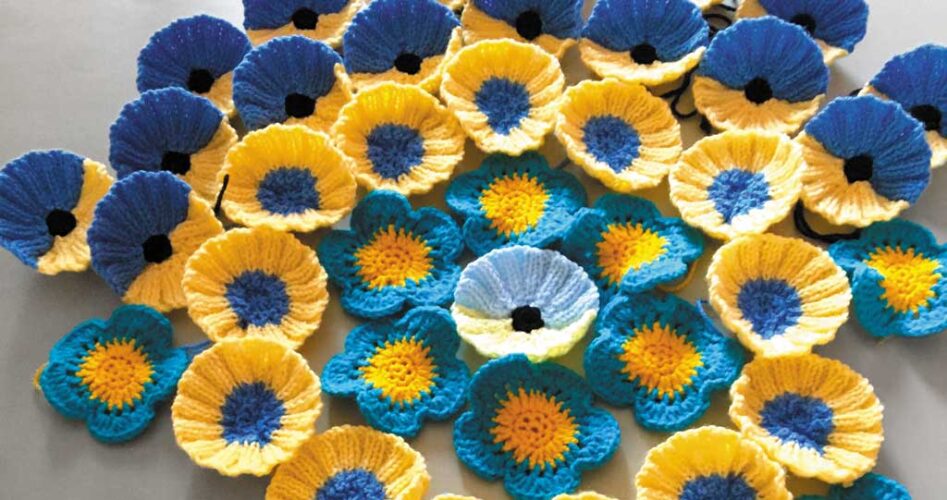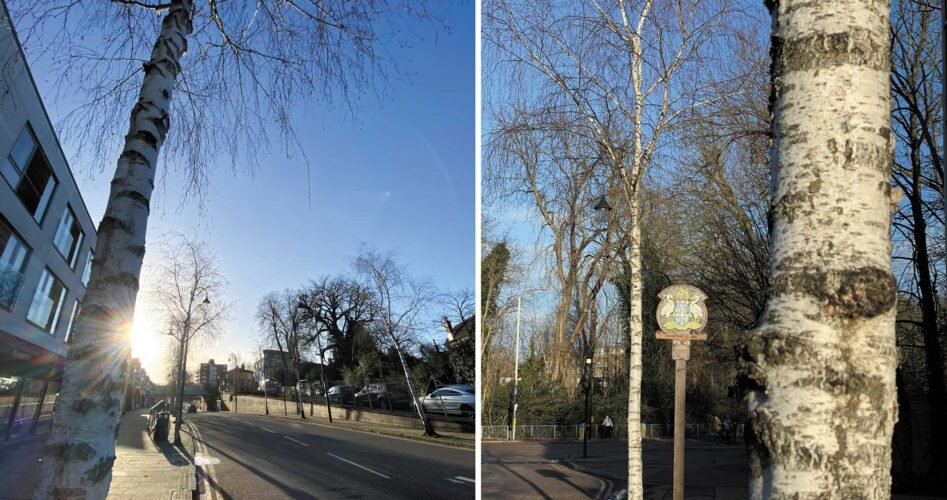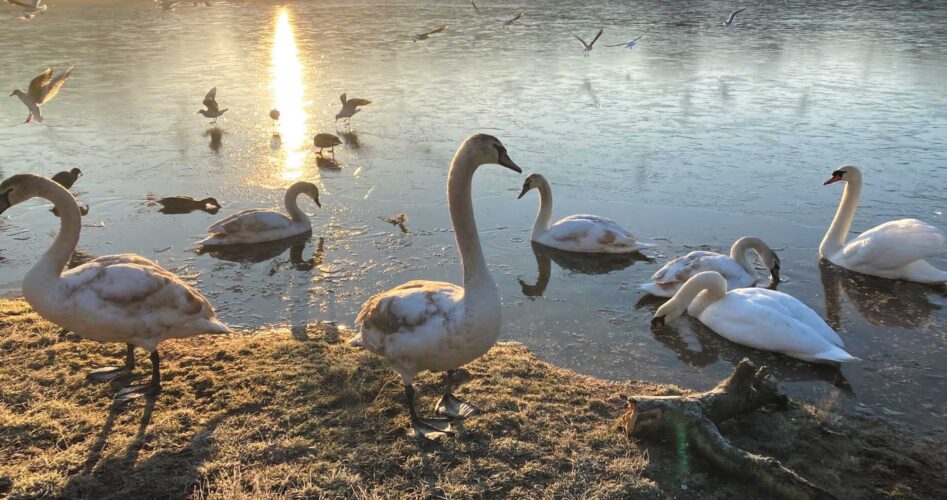Having been selected as a Girls Golf Rocks venue, Wanstead Golf Club is joining others around the country in encouraging more girls to take up the sport. Club manager Danielle Anderson reports
Wanstead Golf Club (originally founded as Wanstead Park Golf Club) first opened on 25 November 1893. The intervening years have seen many changes here, and we now have some 650 members, comprising of full, midweek, lifestyle, lady, junior, senior and social members.
Of special interest is that Sir Winston Churchill was an honorary member and, to date, the club has provided three Ryder Cup professionals from its ranks: Percy Alliss, Alan Dailey and Lionel Platts. In 1946, club member Jean Hetherington won the Ladies Open Championship.
So, we are pleased to announce that we have been selected by England Golf to become a Girls Golf Rocks venue. It is a national programme with over 200 clubs taking part.
The aim of Girls Golf Rocks is to boost participation numbers and address, for the long term, the disparity in numbers between girls and boys playing the game. All participating clubs are aiming to create an environment where girls feel comfortable and confident to join in the initial sessions and then offer a clear pathway for them to continue their participation in the sport.
Girls Golf Rocks encourages beginner girls, aged five to 18, to learn and play golf in a fun and friendly way. While coaches will lead the sessions, Girls Golf Rocks will also encourage current girl golf club members aged between 12 and 25 to act as peer role models and assist in the delivery of the programme. The emphasis on the lessons is for girls to learn the fundamentals of the game and have fun with their friends in a comfortable and relaxed setting without too much emphasis on the coaching and competitive elements of the game. Taster sessions are free, usually lasting an hour, and are a great way of trying golf before signing up for the six-week coaching course (£35). The coaching course will involve six, hour-long sessions spread over six weeks, with the last lesson being out on the course.
The sessions – which launch in June – are designed to be fun, to involve team and group pursuits, to include a variety of golf-related activities and to allow for social time at the beginning and end.
The importance of the Girls Golf Rocks campaign can’t be overestimated. If we don’t do these sorts of things, the sport won’t carry on into the future. Golf clubs such as ours need these campaigns to bring new blood into the game. We are passionate about getting a wide range of girls to try this wonderful sport. And you never know, we might have the next Georgia Hall, Charley Hull or Jean Hetherington just waiting to be discovered.
For more information and to book a Girls Golf Rocks taster session at Wanstead Golf Club, visit wnstd.com/girlsgolf













